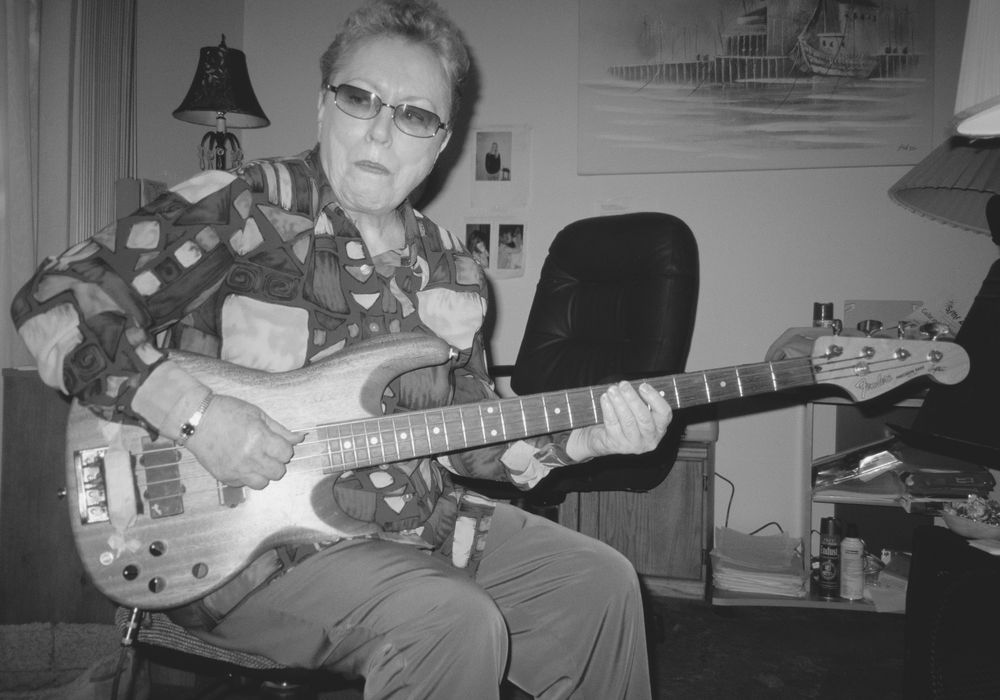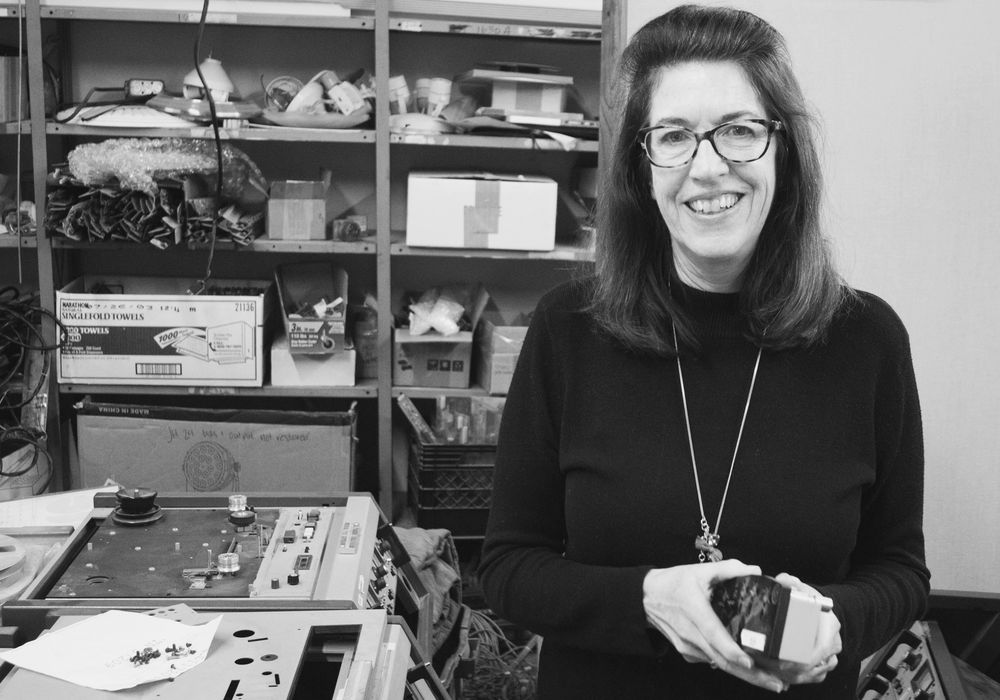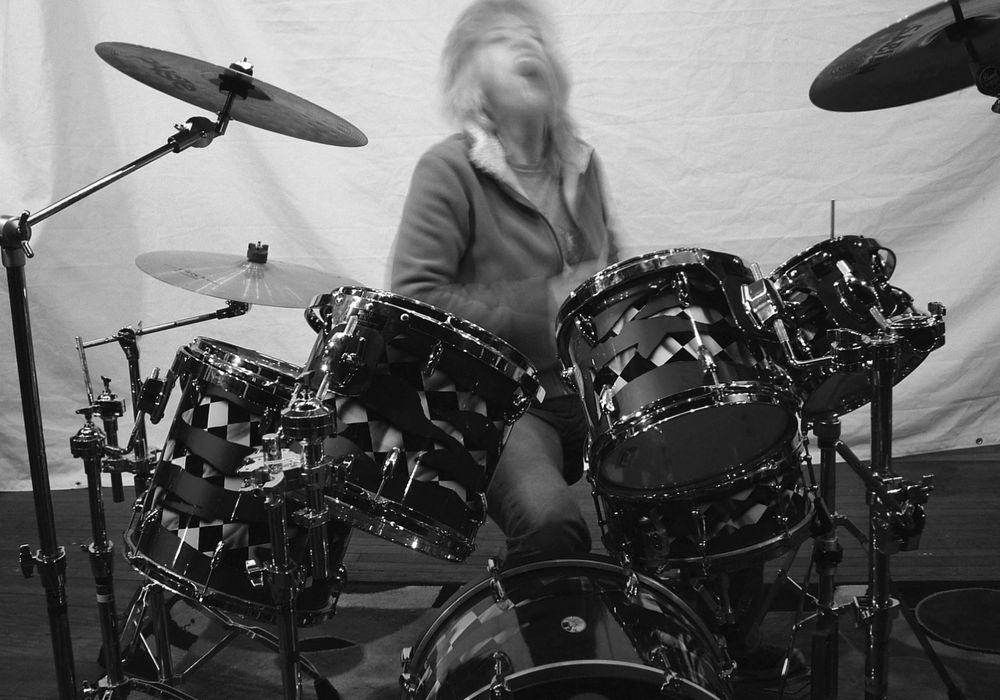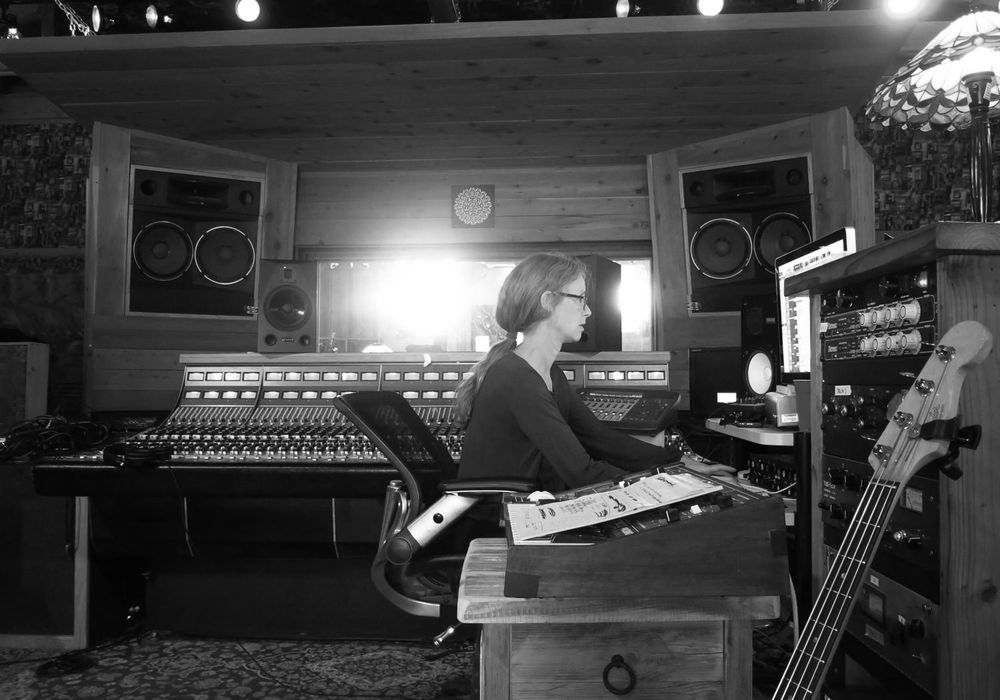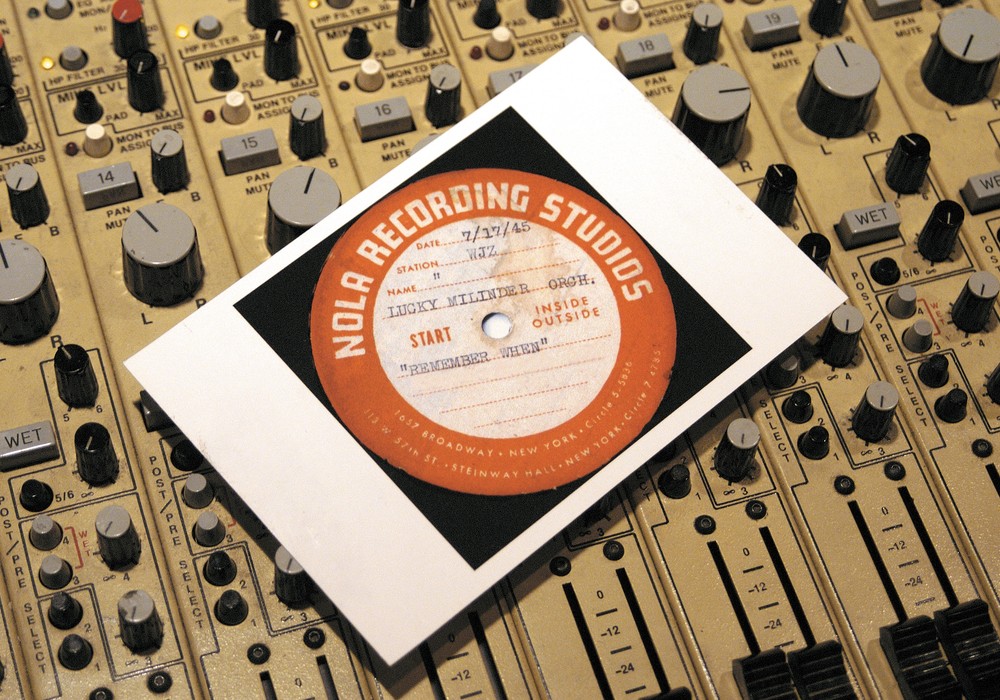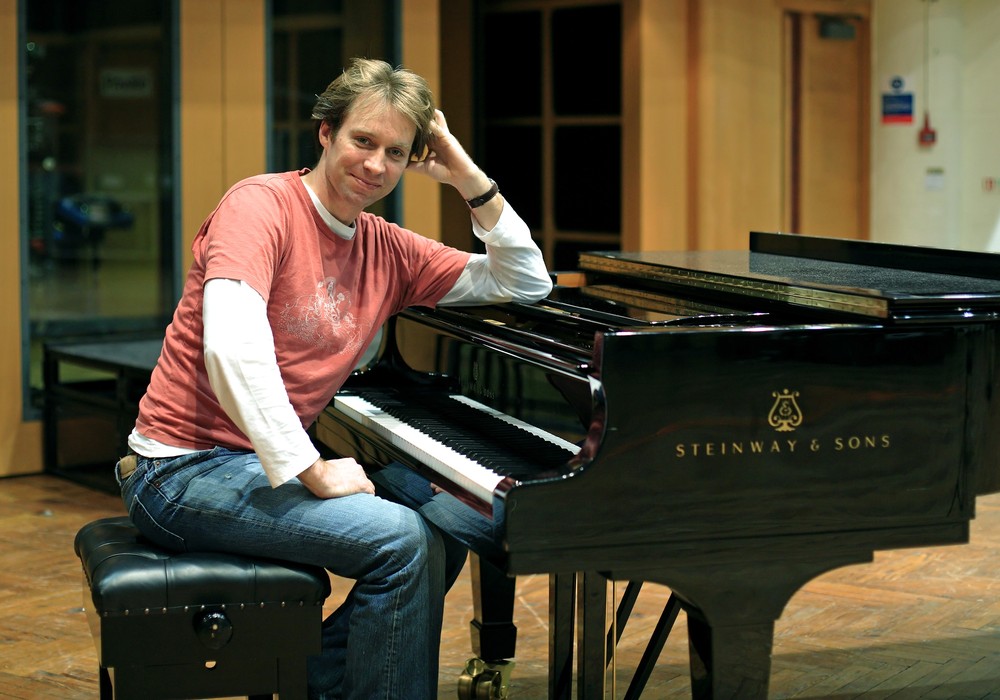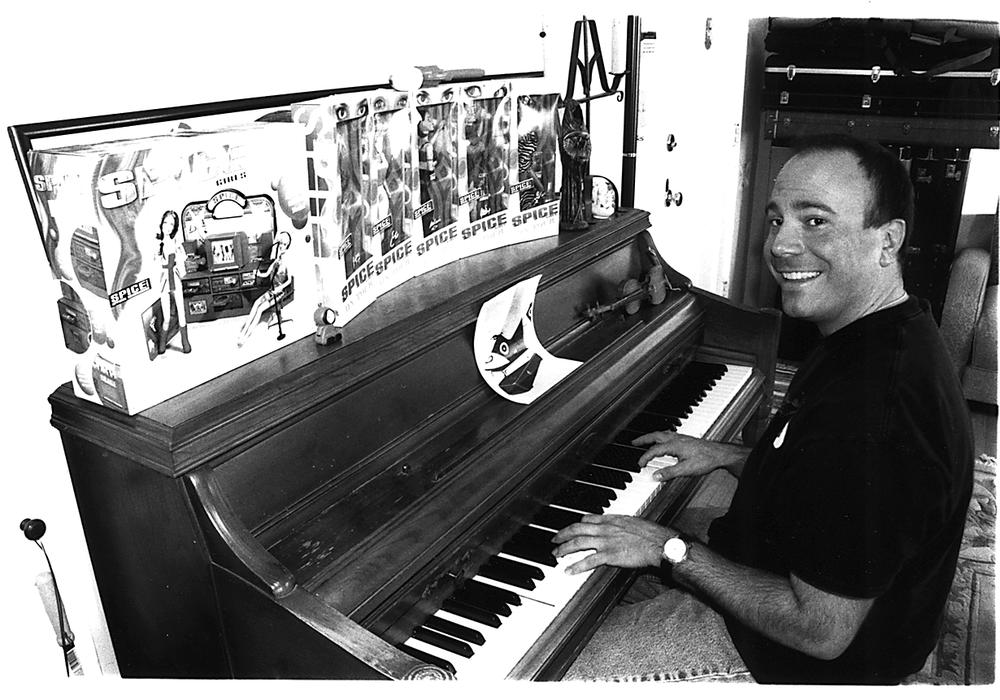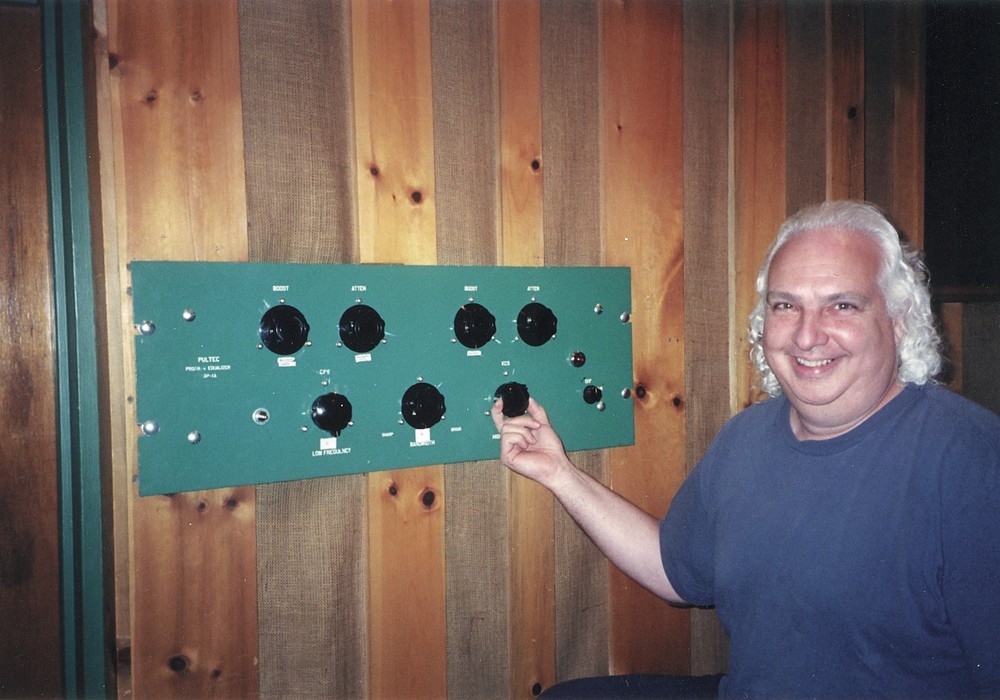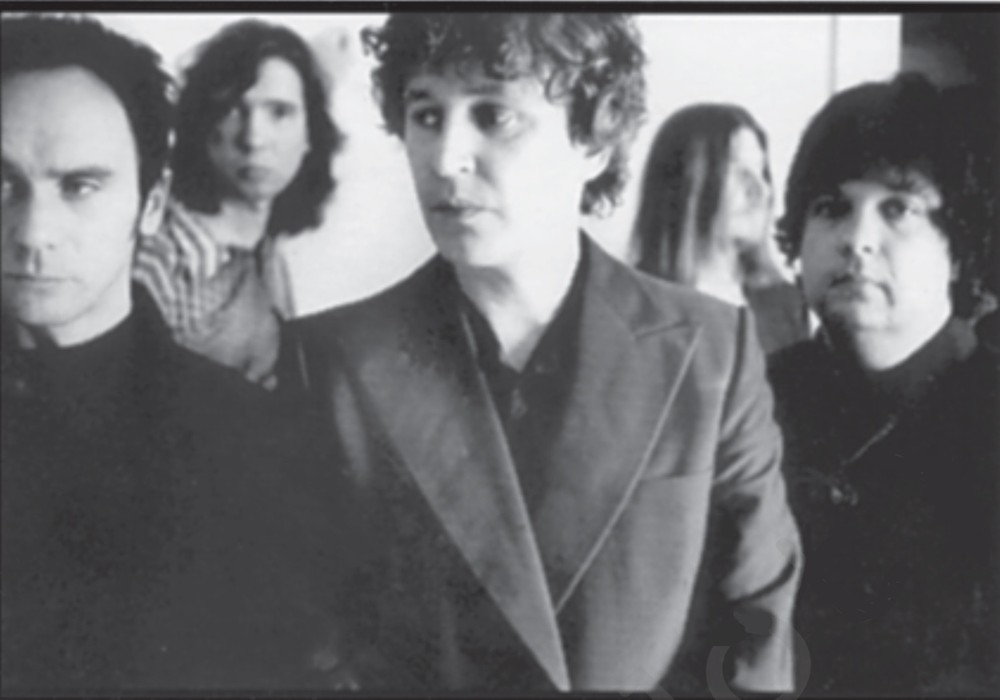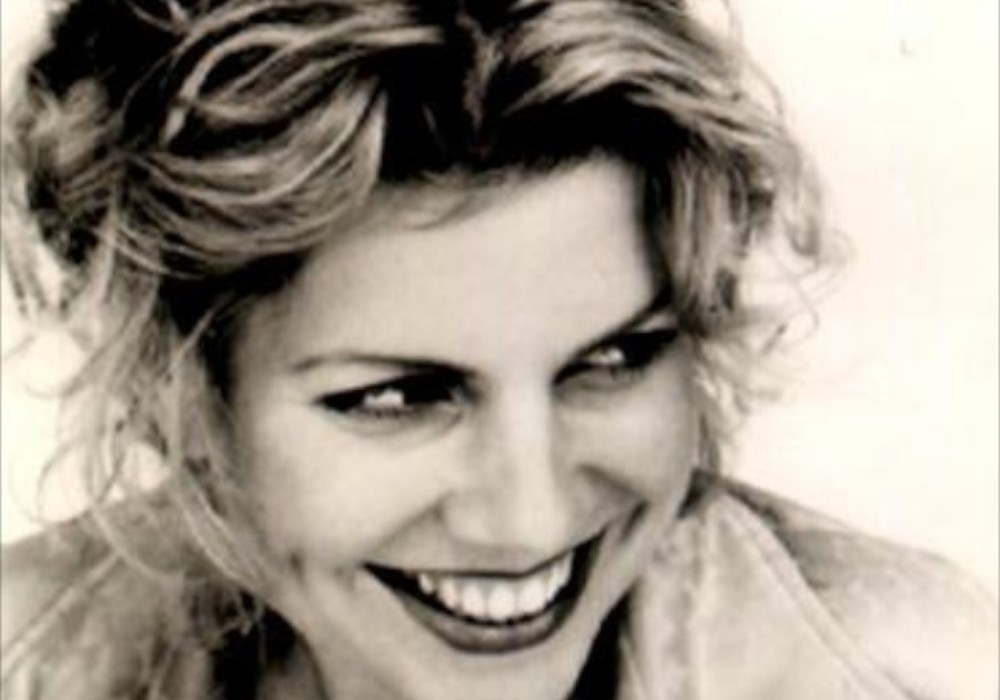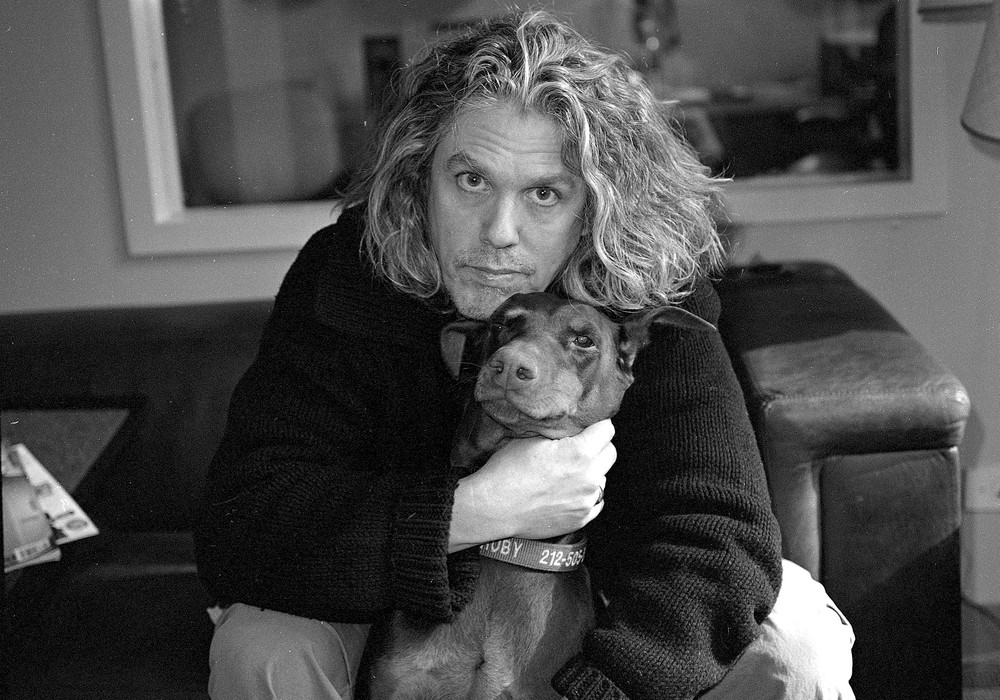Under the leadership and vision of EveAnna Manley, Manley Labs has created and built some of the finest studio equipment (and high-end home audio components) over the last two decades. Studios across the world count on their mostly tube-based EQs, compressors, microphones, preamps, mixers, and more.
Your step father used to work for Ampeg in New Jersey.
He owned the company, probably with some other people. I'm not sure what the financial structure was at the time. He organized a buyout from Everett Hull. Les Paul told me, "Your father bought Ampeg in my living room!" That's how I got into the business, through old contacts of my father's. He married my mom in '76 after he had sold the company to Magnavox in '72. We heard all the stories: that he knew Johnny Cash, that the Rolling Stones used Ampeg, and all that. It all sounded very interesting.
So you got an idea of that world when you were young?
Sure. The rock and roll business sounded really glamorous to me. Through high school I was big into band and art, and I was torn between what I wanted to do. My mother was trying to push me into architecture because I was a very skilled artist. I went to interview at an architect's for a summer intern ship; everyone was dressed in suits and looked super uptight. I thought, "No, this is not going to be my world. No way." When I was going to college at Columbia, the great promoter Bill Graham's son, David Graham, was in my class. He brought Bill into one of the classes to give us a lecture. He was sitting there, right in front of us, telling us everything about the music business.
He was a bigger than life person.
Totally. I was so impressed with him. My whole plan was to take the next semester off from school, go find him in San Francisco, and talk myself into some job with BGP [Bill Graham Presents]. I drove across the country, but I stayed in L.A. and got a job at Vacuum Tube Logic with the Manley's at the time. I didn't go to San Francisco.
How did you end up getting a job there?
My dad gave me three names when I went out to L.A. I called the first guy who worked at Crate Amplifiers — he didn't answer the phone. The second guy worked at Fender and he knew David Manley. I was trying to get a job at Fender. He said, "Yeah, call these two crazy South Africans in Chino building tube gear." That's how I met David and [his son] Luke Manley. David and I got married, and I was running the factory. We split up VTL and Manley Labs. Within three years he took off and moved to France, and we got divorced.
You ended up running Manley on your own?
Yeah. I was already running the company anyway at that time. I was running the factory, as well as most of the sales, managing the dealers, directing customer service, and answering lots of questions for customers, which I still do. I bought David out. He was a bit of a renegade. He didn't like dealers, but if you want to be a real company, the traditional way is still the best way.
By the late '80s, people had basically stopped making pro audio gear with tubes.
Yeah, there was Summit and Tube-Tech, basically. There weren't a lot of boutique audio companies at the time.Today, if you're a person with an idea, you can put something together, start a company, exhibit at a show, start selling stuff, and make a nice little living doing that. Maybe it had to do with getting the word out back then. These days with the Internet, you can get the word out.
Your microphone line might not always get a lot of attention, but I know the Reference Cardioid Microphone is one of your top sellers.
It's our best-selling product. We started building those mics in 1990 and debuted them at our first AES show, also in 1990. We'd been working with David Josephson [Tape Op #48] during that time. He builds the capsules for the Reference Gold mic. The Reference Cardioid mic, which came later that year, uses a Chinese capsule. There's something very magical about it. It's basically the same tube stage in both mics, but the capsules and their voltages are different....
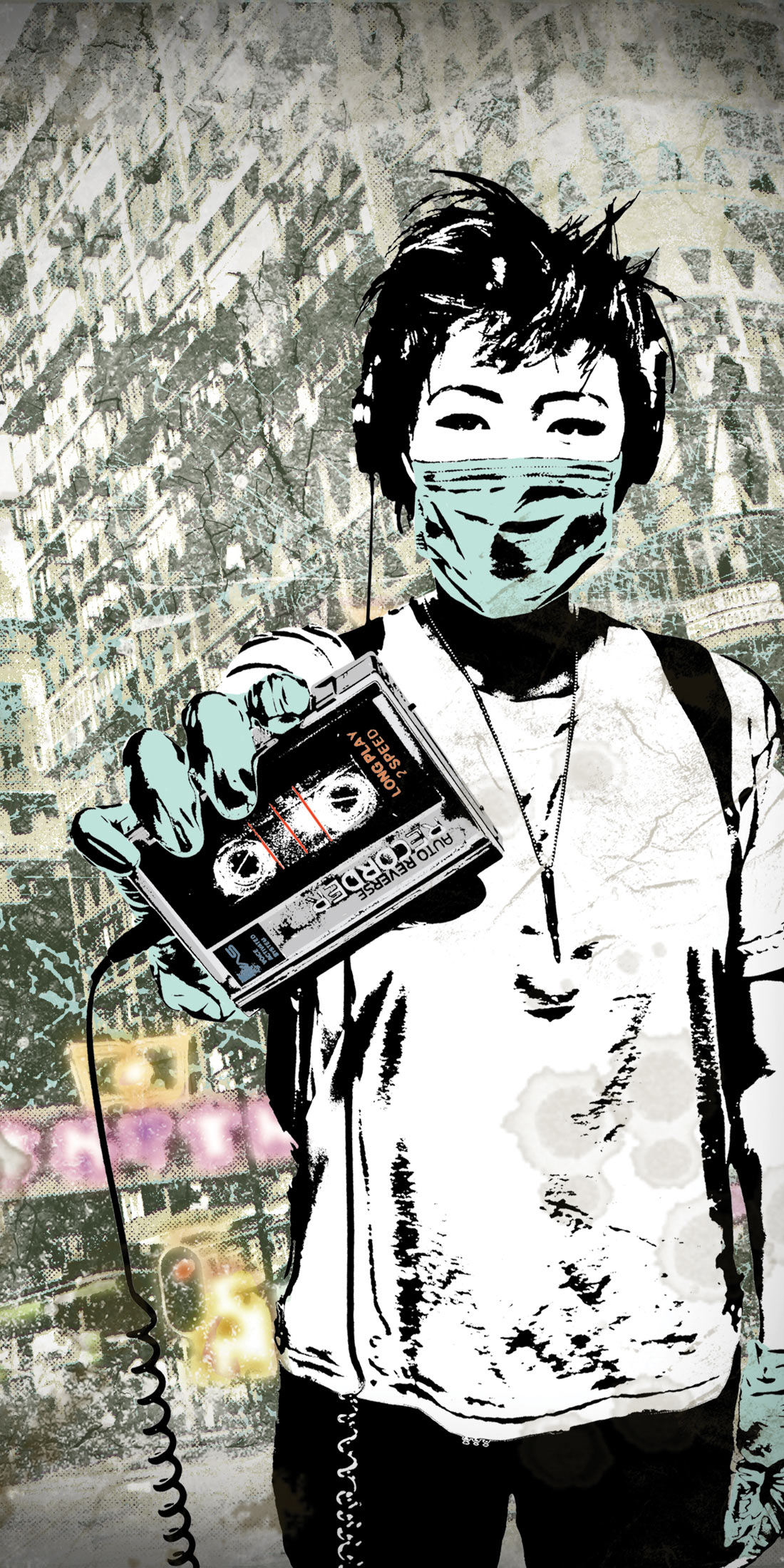



_disp_horizontal_bw.jpg)
